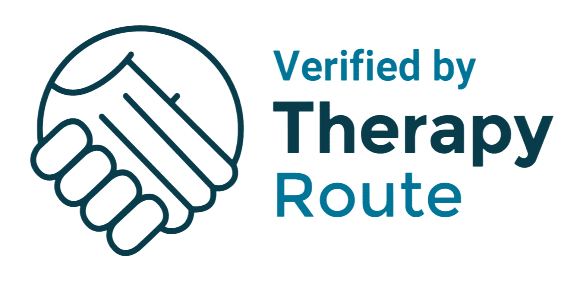What is EMDR?
When something difficult or traumatic happens (anything our nervous system perceives as a threat), our brain usually processes the experience over time. With enough resources and support, the memory gets stored in a way that allows us to move forward without it interfering in our daily lives.
But when our system feels overwhelmed, the brain may not finish processing the experience. Instead, the memory can get “stuck” or stored in fragments—sometimes after a single event, sometimes after a build-up of stressful experiences or trauma. This can show up as distressing thoughts, emotions, body sensations, or patterns that feel hard to shift.
EMDR (Eye Movement Desensitization and Reprocessing) helps the nervous system return to a state where these memories can be processed fully. In this state, the brain can “re-file” past experiences in a way that reduces their emotional charge and supports healing and wholeness.
EMDR is evidence-based and built on the Adaptive Information Processing (AIP) model. The approach has 8 phases of treatment. Early on, one of the main focuses is “resourcing,” which simply means building tools and practices you can use to stay grounded and supported when you’re feeling overwhelmed.
Throughout the process, you are always in the driver’s seat. You decide the pace, and we only go as far as feels manageable for you. EMDR is not about reliving trauma—it’s about creating the conditions for your mind and body to heal, at a pace that feels right, with support alongside you.
Interested in learning more?
https://www.emdria.org/about-emdr-therapy/
https://www.emdria.org/resource/8-phases-of-emdr-therapy-infographic/
Reach out for a free consultion with Melody today https://www.colib.io/Booking/sunlight-counselling





